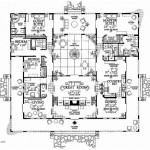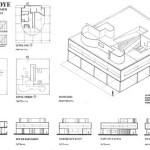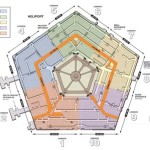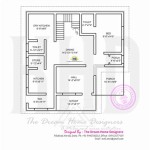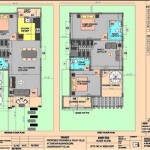Essential Aspects of Quail Enclosure Plans
Quail farming can be a rewarding endeavor, but it's crucial to provide your birds with a comfortable and secure living space. Designing and constructing a well-planned enclosure is essential for the health and well-being of your quail.
Here are some essential aspects to consider when planning a quail enclosure:
1. Size and Layout
The size of the enclosure should be proportionate to the number of quail you intend to keep. As a general rule, provide at least 1 square foot (0.09 square meters) per bird. The enclosure should be long enough to allow for movement and activity, and wide enough to accommodate shelter, food, and water.
Consider dividing the enclosure into sections to provide different areas for sleeping, feeding, and socializing. This helps reduce stress and promote a healthy environment.
2. Fencing
The enclosure should be securely fenced to prevent predators from entering and your quail from escaping. Use materials such as chicken wire, hardware cloth, or welded wire mesh with small enough holes to prevent predators from reaching through.
Ensure the fencing is buried at least 12 inches (30 centimeters) deep to prevent predators from digging underneath. Extend the fencing outward to create a covered overhang to keep rain and wind from entering.
3. Shelter
Quail need shelter from the elements and predators. Provide a small coop or shelter within the enclosure that is draft-free, well-ventilated, and insulated if necessary for the climate.
The coop should have multiple entrances and exit points for easy access and escape in case of an emergency.
4. Nesting Boxes
If you intend to breed quail, nesting boxes are essential for egg-laying. Provide one nesting box for every 4-6 females. The boxes should be dark, private, and filled with soft bedding.
Ensure the nesting boxes are placed in a quiet corner of the enclosure and are large enough for the quail to turn around comfortably.
5. Perches and Roosting Bars
Quail like to perch and roost off the ground. Provide perches or roosting bars made of natural materials such as wood or bamboo. Space them at different heights to cater to the varying preferences of individual birds.
Ensure the perches are wide enough for the quail to stand comfortably and are non-slip to prevent injuries.
6. Lighting
Proper lighting is essential for the health and egg production of quail. If the enclosure is not exposed to sufficient natural sunlight, provide artificial lighting for 12-14 hours per day.
Install lights evenly throughout the enclosure to avoid creating dark corners where predators may hide.
7. Ventilation
Good ventilation is crucial to prevent the buildup of ammonia and other harmful gases in the enclosure. Ensure the coop and any enclosed areas have adequate ventilation through windows, vents, or fans.
Avoid excessive ventilation, as this can cause drafts and stress the birds.
Conclusion
Planning a comprehensive quail enclosure requires careful consideration of these essential aspects. By providing a secure and comfortable environment, you can ensure the well-being and productivity of your quail.
Remember that quail behavior and specific needs may vary depending on the species. It's always advisable to consult with experienced breeders or veterinarians for breed-specific recommendations to create an optimal enclosure for your feathered friends.

Free Quail Cage Plans Yahoo Search Results House Coop Bird

Quail Cage Build Made Easy Simply Homestead

The Quail Hutch Backyard Coop Plans Garden

Many Diy Quail Hutch Ideas And Designs Can Be Used When You Want To Raise The Main Thing Keep In Mind Is Coop House Ens Backyard

The Quail Hutch Backyard Coop Plan Ebook Instant U S And Metric Units Feet Inches Mm De

How To Build A Quail Habitat With Pictures Wikihow

Diy 3 Layered Quail Cage Building A New Layer With Superb Design Raising Tips

Follow Along As We Build Our New Quail Coop The En

The Quail Hutch Backyard Coop Plans Garden

Quail Coop Ideas Learn How To Build Coops For The Tiny Life

